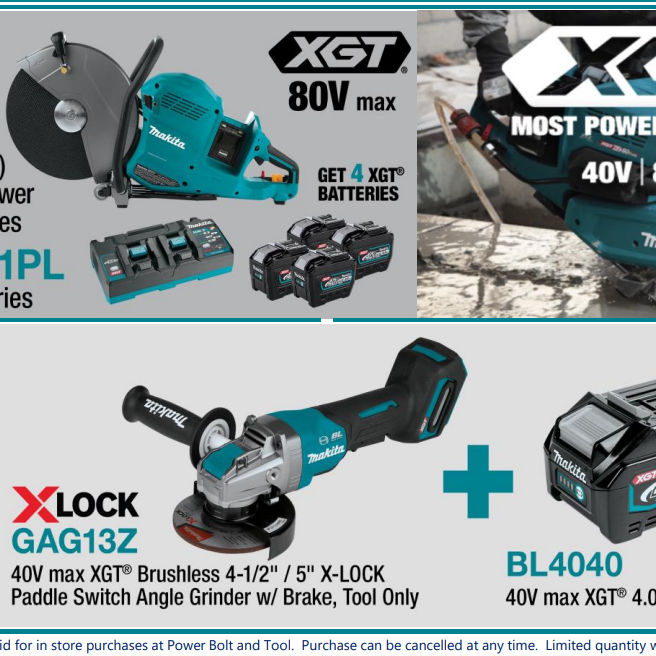There is a reason there are so many varieties of fasteners on the market. By considering several screw attributes, contractors and do-it-yourselfers can find the combination of attributes that will make a particular screw design the ideal choice for every application or project in every environment. This is especially important when choosing fasteners in Florida, given a humid climate conducive to rust, rot, and warping. Among the most important considerations when choosing a fastener are the material(s) to be joined, screw head style, threading, and tip.
Materials
Most people can figure out that wood screws are used to join two pieces of wood together and that sheet metal screws are appropriate for attaching metal panels. But projects often require fasting different materials to each other: drywall to wood, wood to steel, aluminum to plastic, etc. Knowing the logic behind screw design gives builders insight into which screw will give them the best opportunity to deliver a successful project.
Threads
Woodworking, framing, finish carpentry, cabinetry, and other projects using wood require distinguishing between coarse and fine fastener threading. Fine threads (more threads per inch) are made for oak and other hardwoods. The wood’s density is sufficient to hold the fine threads, and the finer threads pose less chance for the wood to split. Softer lumber such as pine and particle board require coarser threads that can bite deeper in order to grip the less dense grain. Longer wood screws may also feature an unthreaded shank under the head to allow thicker pieces of wood to clamp together tightly. If the shank is threaded from tip to just under the head, a thread could be wedged between the work pieces, preventing them from being pulled flush.Sheet metal screws fit into thin metal panels (up to about 1/8 inch) by tapping pre-drilled holes in the material to draw the pieces together. See below for a discussion of self-tapping sheet metal screws.
Head Styles
Whether the fastener head remains above the work-piece surface or is driven flush with it is an important aesthetic consideration, but it also bears on the project’s functionality. Wood screws – including those used on decks and drywall – are designed to be driven or countersunk even with the wood’s surface. Oval heads are just as effective, and may be used to provide a decorative finish when the hardware will be visible on a piece.
Screws used in metalworking have heads that sit atop the components. These may include large pan heads that ensure a more even distribution of force and greater holding power because of their wider surface area.
Screw Tips
Many screws can tap their own hole as they are being driven. The sharp point on many screws may be all that is needed to drill and cut into soft woods, plastics and thin-gauge sheet metal. For harder materials, it may be necessary to drill a pilot hole to ease the screw’s cutting task. Always use a bit slightly smaller than the screw’s diameter.Self-drilling screws feature an unthreaded point that serves as a drill bit, cutting its own pilot hole. This pilot section should be as long as the workpiece’s thickness, allowing the screw’s drilling action to be completed before the threads begin engaging the hole. Similar to a drill bit, the pilot section includes a flute, or “cutout” groove that collects chips and shavings, channeling them out of the hole. This is only possible as long as the top of the flute remains above the workpiece surface.Special self-drilling screws can be used to attach wood to metal. These screws will have flanges or wings that drill a larger hole through the wood, then break off when hitting the harder sheet metal. The pilot then drills a smaller hole in the metal, allowing the threads to engage. The larger hole in the wood allows the screw to draw the pieces together without the threads binding into the wood.Machine screws and lag screws have blunt ends designed to fit into nuts, and can be the best choice when attaching wood (a pilot hole will be required) to metal. It is critical that the screw’s thread count matches that of the nut in order to achieve proper fit, force distribution, and clamping power.Check out Power Bolt and Tool’s extensive inventory of fasteners for help in selecting the best fasteners for your project, or contact us toll-free at 888-514-5151.
